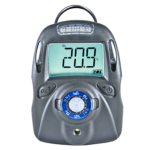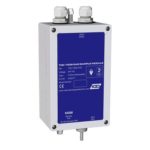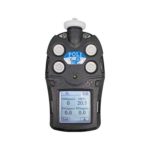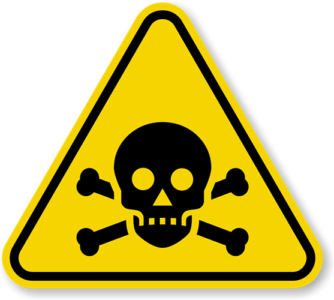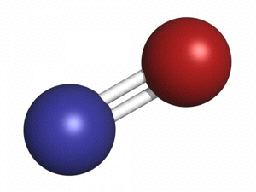Nitric Oxide (NO), or nitrogen oxide also known as nitrogen monoxide, is a molecule with the chemical formula NO. At room temperature, Nitric Oxide is a colourless, nonflammable, poisonous, oxidising gas with an irritating odour. NO is extremely toxic by inhalation, and symptoms of over-exposure may not become apparent for up to 72 hours. The gas is an oxidiser and will support and enhance combustion. Nitric Oxide fumes may be encountered whenever nitric acid comes in contact with organic material such as wood, sawdust, or refuse. It can also result from heating nitric acid and when organic nitro compounds are burned, for example dynamite. The action of nitric acid upon metals, as in metal etching and pickling, also liberates this dangerous compound.

Pictured: 750 series addressable gas detector. With sensor options for over 400 gases and vapours including nitric oxide (NO). Our 750 series sensors provide clients with a 70% cost saving on installation and 80% MORE capability per sensor, than what is currently offered on the market.
The aim of this page is to provide you with an understanding of the hazards and health effects of nitric oxide. In addition we will also discuss our innovative nitric oxide gas detector solutions. These include our 750 safe area gas detectors for non-ATEX applications. Our 750X series ATEX/IECEx for zone 1 and 2 flammable atmospheres. Plus our leading 750S aspirated nitric oxide gas detector for clean rooms and hard to reach areas.
Finally we can provide a range of portable nitric oxide gas detectors to fit your needs in confined space.
The Uses of NO:
Nitric Oxide is a free radical and is an important intermediate in the chemical industry. Nitric Oxide is a by-product of combustion of substances as in automobile engines, fossil fuel power plants. Although NO has relatively few direct uses, it is produced on a massive scale as an intermediate in the Ostwald process for the synthesis of nitric acid from ammonia. In 2005, the US alone produced 6 million metric tons of nitric acid. It finds use in the semiconductor industry for various processes. In one of its applications, it is used along with nitrous oxide to form oxynitride gates in CMOS devices.
Exposure to high concentrations of NO can cause pulmonary oedema and death. Exposure to low concentrations of fumes, insufficient to cause pulmonary oedema, are said to result in chronic irritation of the respiratory tract, headache, cough, loss of appetite, dyspepsia, corrosion of the teeth and gradual loss of strength.





